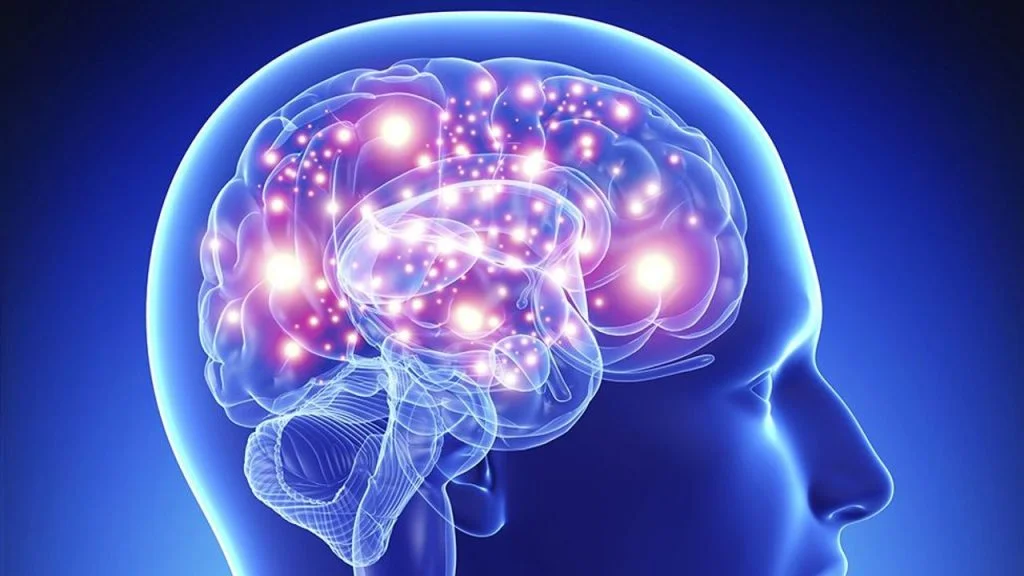
Artificial Intelligence Unlocks Secrets of Children’s Brain Activity and Gender
Artificial intelligence is unveiling insights, into the interplay of brain activity, sex and gender among children. A pioneering study has revealed that a machine learning model can differentiate between brain scans of 9 to 10 year boys and girls potentially even making predictions about their gender albeit with some margin of error.
Conducted by Elvisha Dhamala at the Feinstein Institutes for Medical Research the research delved into MRI data from, than 4,700 children involved in the Adolescent Brain Cognitive Development project. By utilizing an intelligence algorithm trained on this dataset the team uncovered unique patterns of functional connectivity—how different brain regions communicate—that are linked to sex and gender.
AI Reveals Sex Differences in Brain Networks
The Artificial Intelligence system discovered variations, in connectivity between the cortex, motor control regions and the limbic system, responsible for emotions, behavior, motivation and memory. These connections were vital in helping the AI differentiate between participants based on their gender.
“Our research indicates that AI has the ability to pick up on important differences in how various brain regions communicate in males versus females ” Dhamala elaborates. “This presents opportunities for exploring the foundations of gender disparities, in health and illness.”

Gender-Related Brain Patterns Mapped by Artificial Intelligence
Interestingly the Artificial Intelligence also discovered that brain activity patterns linked to gender were spread out across the cortex, which’s responsible, for memory, movement, sensation and problem solving. By analyzing gender scores from surveys filled out by parents and kids the AI connected gender with attention, emotional processing, motor control and higher level thinking networks in girls. In boys it also identified networks associated with higher level thinking and visual processing.
However the AIs accuracy, in predicting gender was lower compared to its ability to predict sex. It only worked well when using gender scores and not those reported by children themselves. This indicates that while AI can identify gender related brain patterns more research is required to grasp the complexities of gender identity and its neural connections.

Implications for Neurodevelopmental Research and Beyond
The research outcomes carry implications, for the direction of human brain studies. Dhamala emphasizes the importance of considering sex and gender in research from data collection to result interpretation and communication.
By delving into the differences in brain activity between males and females scientists can uncover insights into conditions like ADHD, which exhibit varying prevalence rates among boys and girls. Furthermore the use of intelligence in this area highlights its potential to reveal patterns and connections that might otherwise be overlooked.
Nevertheless some experts advise against reading into the findings. According to Ragini Verma from the University of Pennsylvania while the studys extensive sample size may have allowed Artificial Intelligence to identify gender related signals, the accuracy, in predicting gender variations remains limited.
Final Thought
As artificial intelligence progresses and richer datasets are accessible researchers will surely acquire an insight into the relationship, among brain growth, biological sex and gender identity. This valuable information has the potential to guide tailored healthcare strategies and foster a society that embraces and values the array of perspectives.



